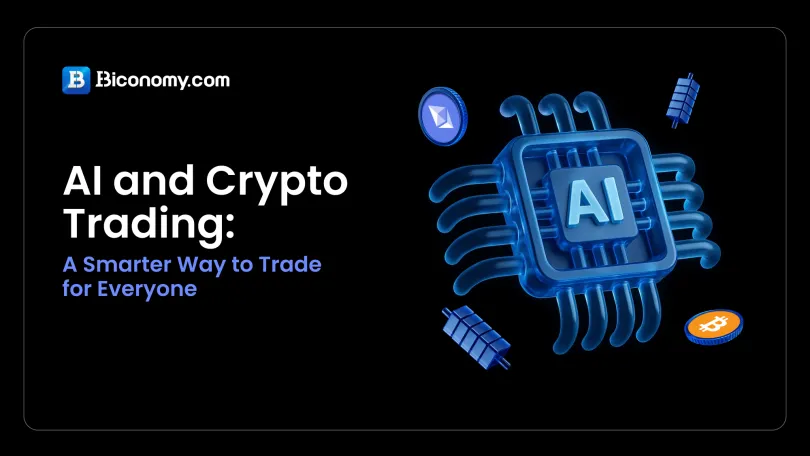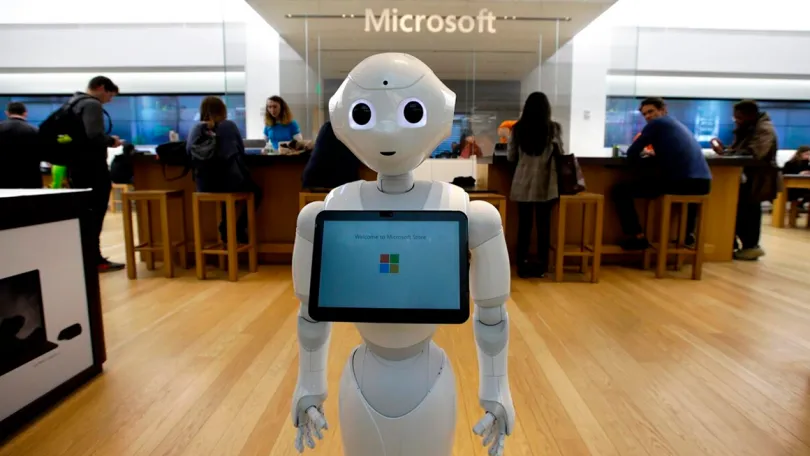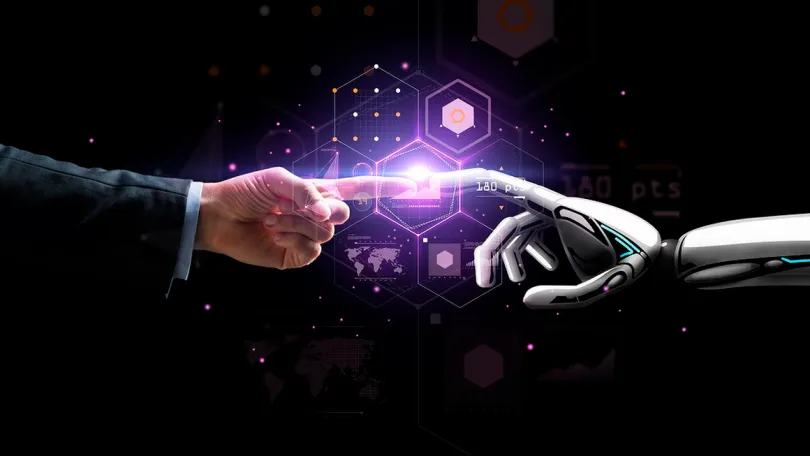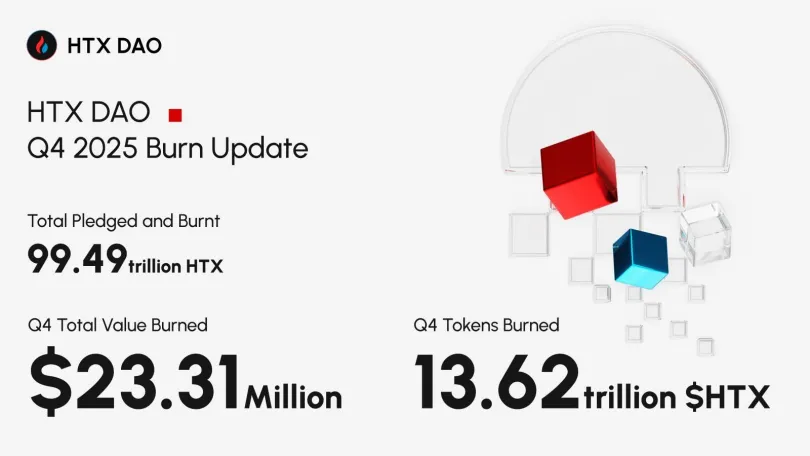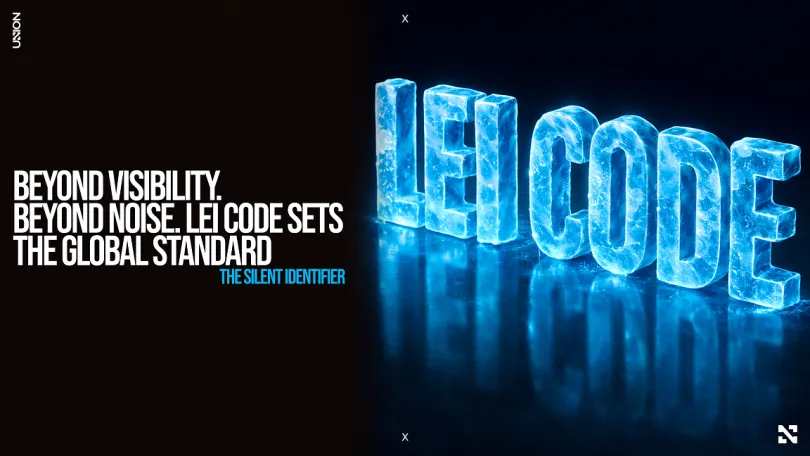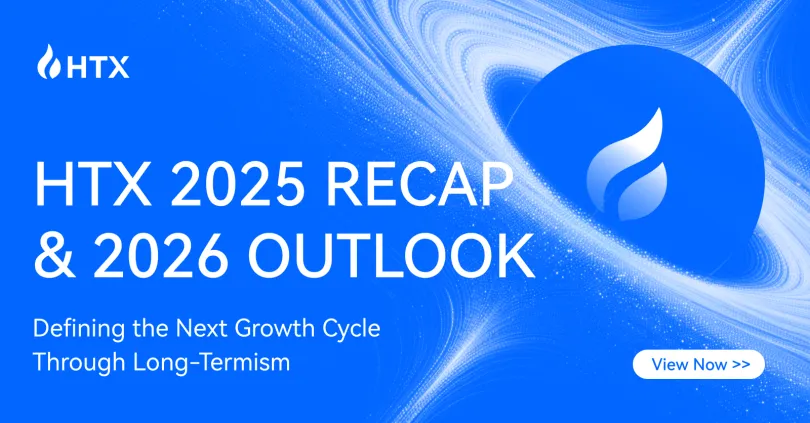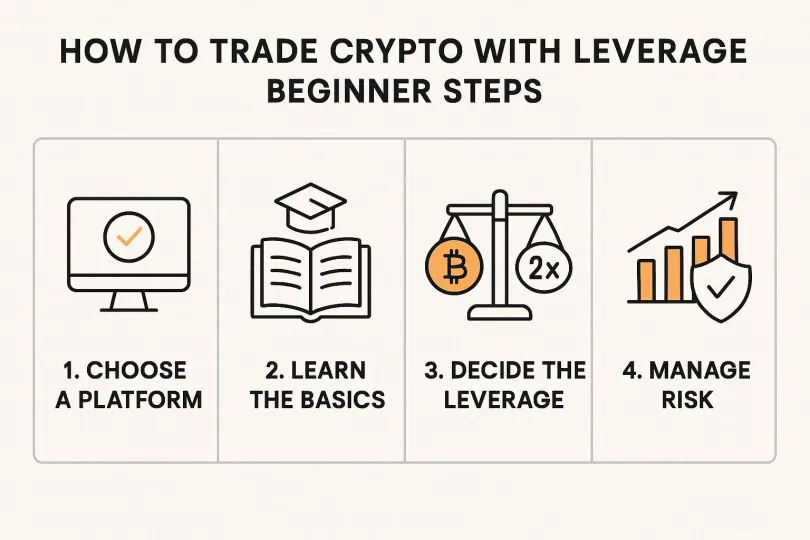
California regulators claim that #General Motors' robotaxi service in San Francisco downplayed the seriousness of an accident involving one of its self-driving vehicles, which could result in a fine on its recently suspended license in California.
The potential fine that#Cruise GM 's service could face is around $1.5 million, based on documents filed last week by the California Public Utilities Commission.
The notice orders Cruise to appear at a hearing on February 6th to determine whether the robotaxi service misled regulators about what happened after one of its self-driving vehicles struck a pedestrian who had already been hit by another human-driven vehicle on the evening of October 2nd in San Francisco.
The February hearing comes just six months after the commission allowed Cruise's robotaxi service to start charging for 24/7 rides in San Francisco, despite strong objections from city officials who warned about the flaws in self-driving vehicles.
Three weeks after the October 2nd accident, Cruise was effectively shut down by the California Department of Motor Vehicles, suspending its license to operate in the state.
The suspension dealt a major blow to Cruise and its parent company GM, who have incurred significant losses during the development of their self-driving service, which was projected to bring in $1 billion in revenue by 2025 when expanding beyond San Francisco.
Having lost nearly $6 billion since late 2019, Cruise has been on the defensive, trying to manage the fallout from the October 2nd accident, which resulted in serious injuries to the pedestrian, and the recent resignation of CEO and co-founder Kyle Vogt.
Not directly addressing the potential fine, GM CEO Mary Barra stated on Monday that the October accident has helped the automaker learn more about the need for transparency and better relationships with regulators.
"We are very focused on addressing the situation because this technology can make our movement from point A to point B safer," Barra said in a meeting with automotive media.
Barra also pointed to the restructuring of Cruise's management, including reorganizing its relationships with government and legal teams, as signs of progress. "We believe we can do things more effectively," she said.
Cruise released its own statement, promising to respond "in a timely manner" to the questions from the Public Utilities Commission. The company has already hired an external law firm to review its response to the October accident.
The most serious questions about the incident revolve around Cruise's handling of the video footage, which shows the robotaxi named "Peanut" dragging the pedestrian for 20 feet at a speed of sevenmiles per hour after the initial collision. Regulators claim that Cruise downplayed the severity of the accident and failed to provide accurate information about the incident.
Cruise has faced criticism in the past for its lack of transparency and reluctance to share data with regulators. The company has been accused of prioritizing speed and aggressive testing over safety. The incident in October marked the first time that a pedestrian has been seriously injured in an accident involving a self-driving vehicle in California.
The California Public Utilities Commission has the authority to impose fines and other penalties on companies that violate state regulations. If Cruise is found to have misled regulators, it could face a fine of up to $1.5 million, as well as further restrictions or even the revocation of its license.
The outcome of the hearing on February 6th will have significant implications for Cruise and the future of self-driving technology in California. The incident has raised concerns about the safety of autonomous vehicles and the ability of companies to regulate themselves.
Despite the setback, GM and Cruise remain committed to developing self-driving technology. The company has invested billions of dollars in the development of autonomous vehicles and sees them as a key part of its future business. However, the incident in October and the subsequent suspension of its license have highlighted the challenges and risks associated with self-driving technology.
















